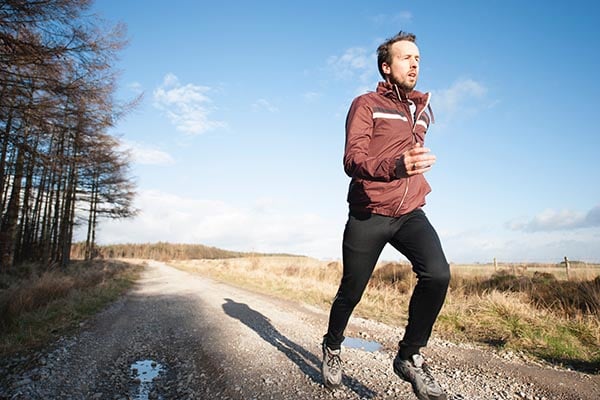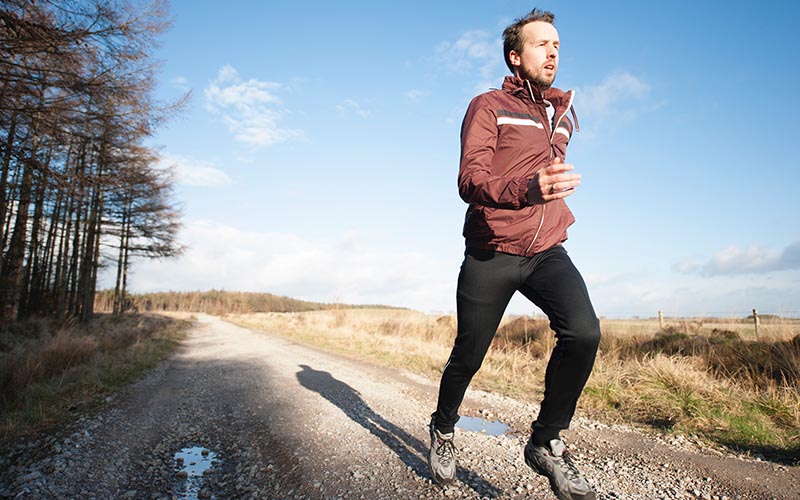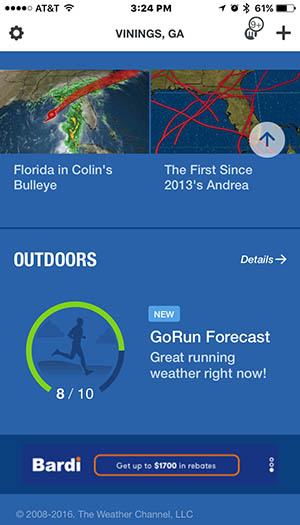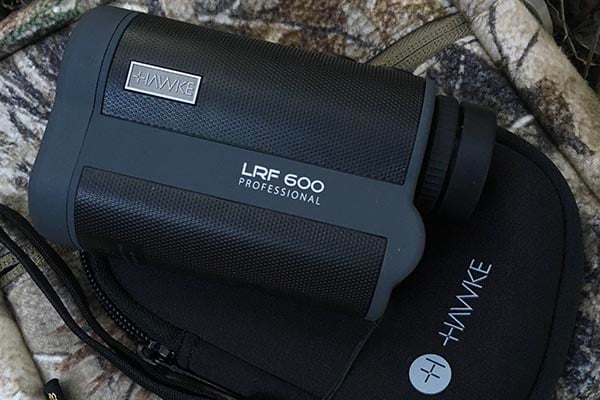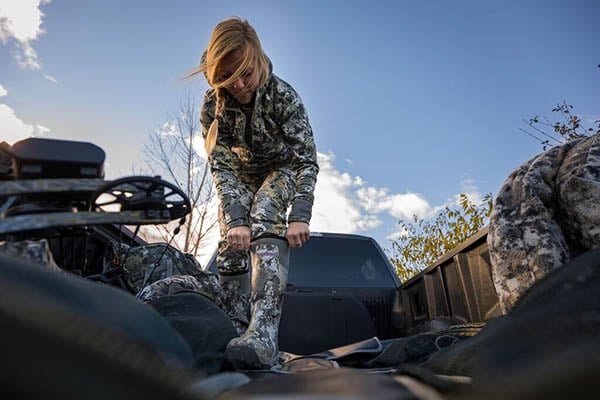Last Updated on
As a native Texan, we know that there are really only two seasons in Texas, or at least in the DFW area. One is a blazing hot summer and two is “something else.” That something else is somewhat of a winter or fall type weather. This weather can be icy, windy, or a downpour. You just never know with Texas, and you don’t know what to expect each day. Within the same week or even the same day you could start off being bundled up in a giant jacket and then in shorts by the end of the day!
So coming from Texas, it was always a random weather day each time I woke up for my morning run with our run club. The way to combat this randomness in weather was to check a dependable weather app. Although Texas does get it’s “something else” wintery mix weather that gets down to the “feels like 18 degrees,” I have recently moved a bit more north to Kansas where there are definite seasons. We have months where it is consistently 18 degrees but feels more like death with Kansas winds and actual snow instead of just the Texas icy slush I am accustomed to. This article will talk in depth on how this native Texan has tackled on how to handle actual cold weather and how to run in it without the many negative effects that can potentially happen.
Physical Risks
The first and obvious risk with the cold is the ice and winter weather that results from the cold weather. Most notably, you can slip and fall when you attempt to run outside. It seems so obvious to make sure you are careful while running to not fall. Even in normal weather I have been known to just lose my balance and slip. With a fall on the ice you can suffer from some pretty bad bruises, cuts, broken bones, sprains, strains. The worst is a head injury. This can result not only in possible a concussion but a fracture to the skull. In icy conditions, it just isn’t good enough for these conditions.
What is necessary in icy weather running are shoes with good traction that are specific to icy weather condition running. Another risk with cold running are frost nip and frost bite. Both conditions will physically damage your body. Frost nip happens because your body becomes so cold that blood flow slows down. You can tell if you are experiencing frost nip when your skin becomes very pale and there is little blood flow passing through the body part. This is most common in extremities such as limbs and your nose, ears, and cheeks. Do not rub frost nip because this can damage the body part more. You must warm up the area gently.
Frost bite which is a more serious condition. This is where ice crystals start to form inside your cells and damages the tissue. You can recover from superficial frostbite, but you’ll experience intense pain in areas where you have had deep frostbite. Deep frostbite with narcotic dead tissue can lead to loss of fingers, toes, and even entire body parts. Once again, do not rub the area to warm it up. If you suspect frostbite, move to a warmer area if possible and seek medical attention immediately.
Hypothermia is another condition that can come from the cold and it is very serious, sometimes fatal. Hypothermia is when your body core temperature falls from where it should be at 98.6 F to below 95 F. Symptoms like numb extremities, shivering, slurred speech, and lowered dexterity are all signs of hypothermia. Once again, if you suspect someone to have symptoms move them indoors to a warm place as soon as possible.
Watch The Weather And What To Wear
On a more positive note, the best way to prevent these risks is by layering up in clothing. It is more effective to wear layers in the cold versus to just being in a giant jacket. Although a giant jacket is better than nothing, you must plan and prepare for a cold weather run. Know the conditions you are running in, and layer accordingly: shirt, long sleeve thermal shirt, and thermal jacket. For extremities choose gloves, possibly mittens over the gloves, thermal head gear, thermal ear gear, and thick thermal socks. You’ll want to add shoes with good traction if you are running in icy conditions.
Most runners do well at checking a dependable running app to estimate what should be worn for their run. You can even get feedback from running partners to see what they will be wearing for their run. A new app that is great for this purpose is GoRun by The Weather Channel. This app helps runners plan their outdoor workouts/runs according to the most optimal running weather. GoRun uses factors such as humidity, temperature, wind, precipitation and cloud cover to find and forecast the most optimal running conditions personalized for the runner. This app has 48 hour and ten day run forecast use for the runner’s specific preference to help decide the best time to run outside. This would be great when a runner is marathon training and needs to know exactly what times to run for the most optimal training.
Another helpful resource is the Runners World website called “What to Wear.” With the simple input of your gender, weather conditions, time of day, and the type of run, this website will then recommend what to wear. I believe as you get more experienced with running and go on various runs through the year in different conditions, you will be more likely to know how to prepare for runs and how to dress for your runs just simply by past experiences.
Tips for running in the cold
Another aspect of running in the cold is hydration. Many people don’t realize that you can still get dehydrated in winter weather. You don’t necessarily sweat less in the winter as you do in the summer, and layered clothes can absorb the sweat without you noticing. It is key to still hydrate beforehand more importantly afterwards even though it is not hot outside.
Another tip comes in the time of day you run. It is much safer to run during the day in colder weather. This is especially true when you’re running in icy conditions. The last thing you want to do is be a no show at your marathon because you fell and seriously injured yourself. If possible, avoid the icy roads by hitting some gravel trails. This will help you avoid ice and give you more traction for those miles you have to get in.
In conclusion, know your surroundings, plan for the weather, continue to hydrate, wear appropriate clothing and shoes, and most importantly have a safe and fun run!
